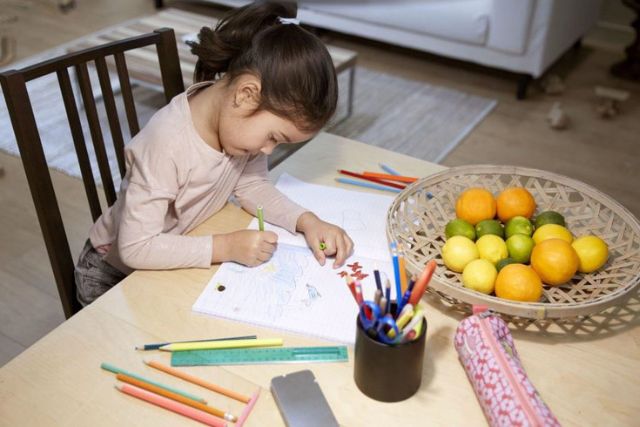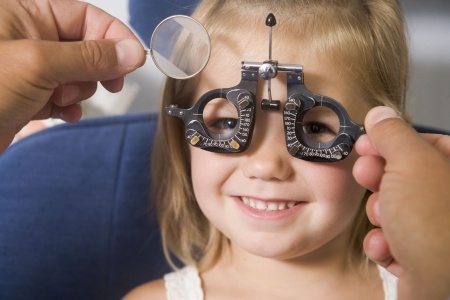World Sight Day, second Thursday of October, highlights the importance of eye care in young people and aims to inspire children everywhere to love their eyes. According to the Singapore National Eye Centre, myopia cases in children are increasing in Singapore. Up to 20 per cent of children now have high myopia, defined as more than 500 degrees in each eye. This is compared to just around 10 per cent a decade ago.

Proper lighting, ergonomic design, and mindful habits play a crucial role in preventing eye strain, promoting focus, and fostering a productive environment. Innovative lighting solutions coupled with the right desk set up can ensure that children work and learn comfortably without compromising their eye health. This is especially important with the increased time spent on homework, reading, and screen-based activities.
Four tips to create a safer, brighter home with lighting that nurtures your child’s vision and creativity:
1. Choosing the Right Lighting for Desk Spaces
Prioritise adjustable task lighting that minimises glare and shadows ideally with features like dimming and adjustable arms for precise light direction. Additionally, to prevent eye strain, opt for energy-efficient LED light sources that are flicker-free with reduced glare. Finally, select a colour temperature for different types of tasks your child is on. To focus, a cool white (4000K-5000K) is recommended, while warm white (2700K-3000K) ensures an optimal balance of light quality, creating a comfortable space.
2. Daylight vs. Artificial Lighting – Ways to Incorporate into Desk Spaces for Children
To create an optimal desk space for children, incorporate natural light by positioning the desk and use sheer curtains to diffuse light and reduce glare. Complement the set up with adjustable task lighting and layer the lighting with ambient sources to maintain a consistent, well-lit environment throughout the day.

3. Minimise Eye Glare with Adjustable Lighting Fixtures
One of the key factors in maintaining optimal eye comfort for children during their study sessions is controlling the glare from lighting fixtures as glare can cause eye strain and discomfort, hindering concentration and learning.
To address this, consider using adjustable lighting fixtures that allow for directing light where it’s needed most. This can help diffuse harsh light, reducing glare on screens, books, and other surfaces. Positioning the light source to avoid direct reflection into the eyes is also important in ensuring a well-lit, comfortable environment that protects your child’s vision.

4. Optimize Brightness Level and Light Colour Temperature to Boost Creativity in Children
The right lighting can significantly influence a child’s creativity and productivity. Both brightness levels and light colour temperature are essential in fostering a comfortable environment that supports learning and imaginative play. A light with balanced brightness-neither too dim nor overly bright-can help maintain focus and prevent eye strain. Additionally, opting for lighting with high Color Rendering Index (CRI), ideally CRI 90, brings out the true, vibrant colours of the furnishings in your child’s desk space, enhancing the overall atmosphere and stimulating creativity.

As children spend more time on screen-based activities and homework, creating an environment that supports their eye health is more important than ever. Thoughtful lighting choices-whether it’s reducing glare, optimizing brightness, or balancing natural and artificial light-can make a significant difference in preventing eye strain and fostering a productive, creative atmosphere. By prioritizing eye comfort in your child’s study space, you’re not just protecting their vision in the long run but also nurturing their overall well-being.
Article and images contributed by Philips Lighting.
* * * * *
Looking to reach over 100,000 parents in Singapore? Let us amplify your message! Drop your contact details here, and we’ll reach out to you.
Discover exciting family-friendly events and places to explore! Join our Telegram channel for curated parenting recommendations.



























































